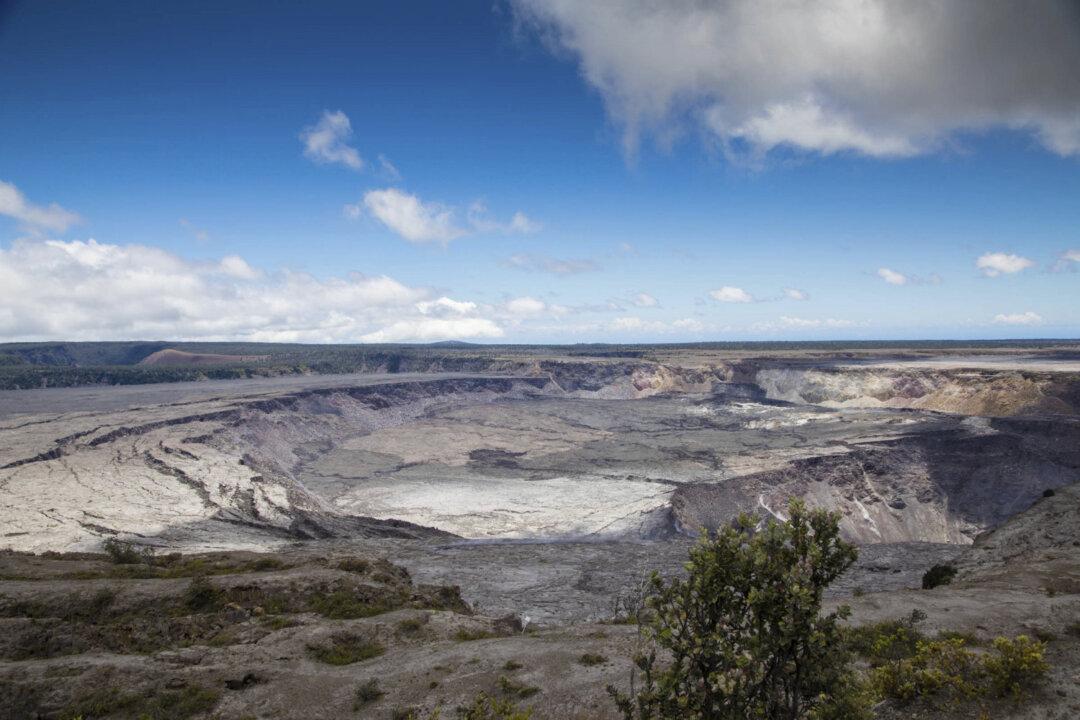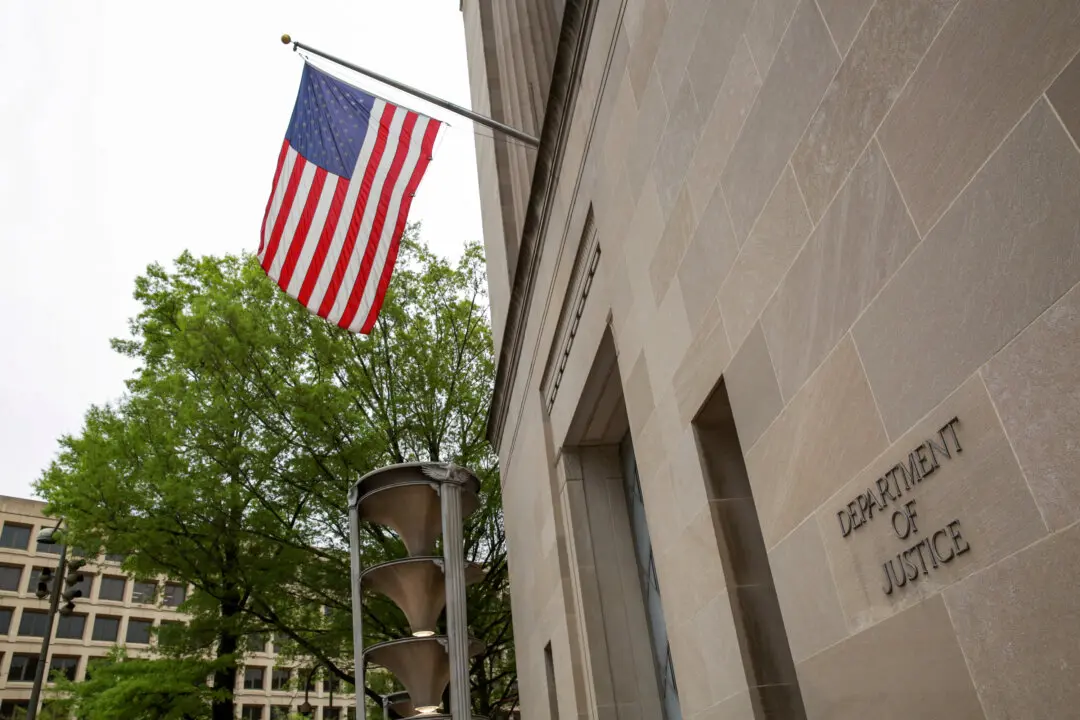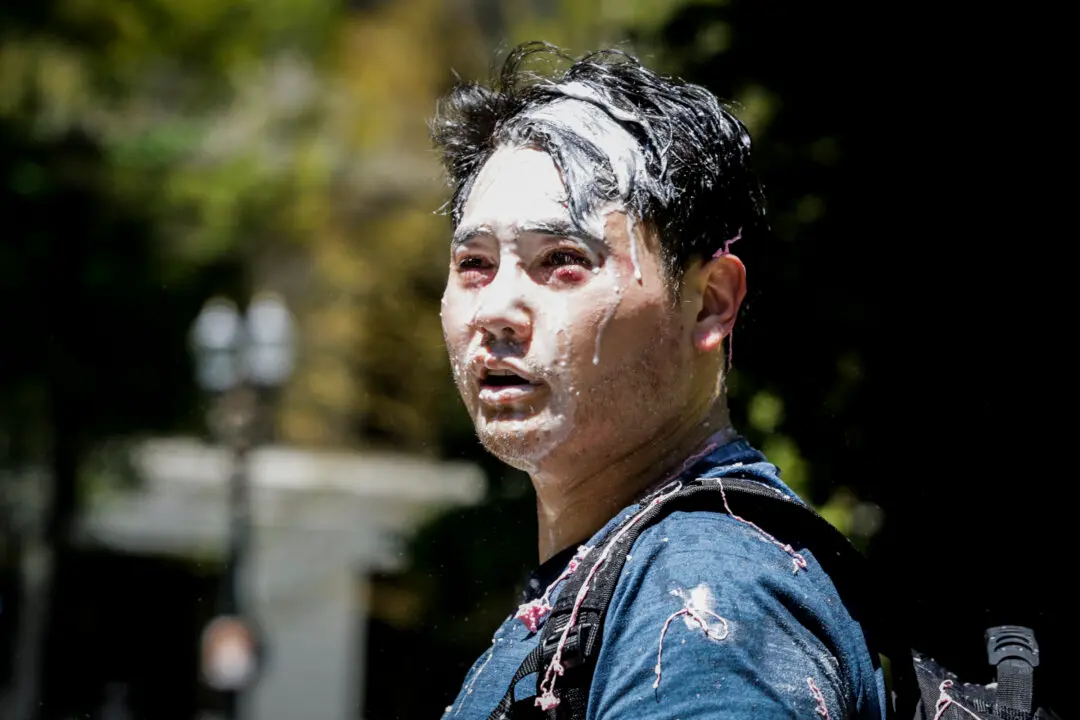A man was seriously injured after falling 70 feet down from a cliff edge at the Kīlauea volcano caldera in Hawaii, according to officials.
Hawaii Volcanoes National Park officials said in a statement on May 1 that the visitor lost his footing around 6:30 p.m. and fell from a 300-foot cliff at the volcano’s caldera—a crater formed from previous volcanic activity. He was rescued by rangers and staff from the Hawaii County Fire Department and was airlifted to the Hilo Medical Center in a serious condition.




